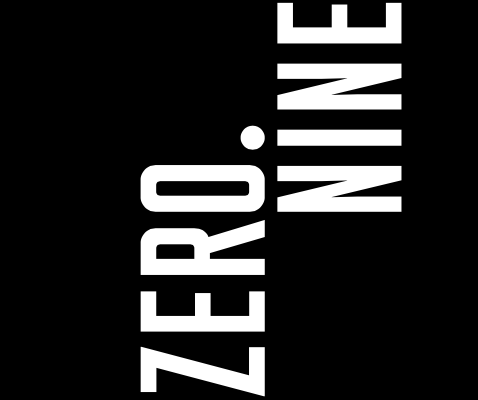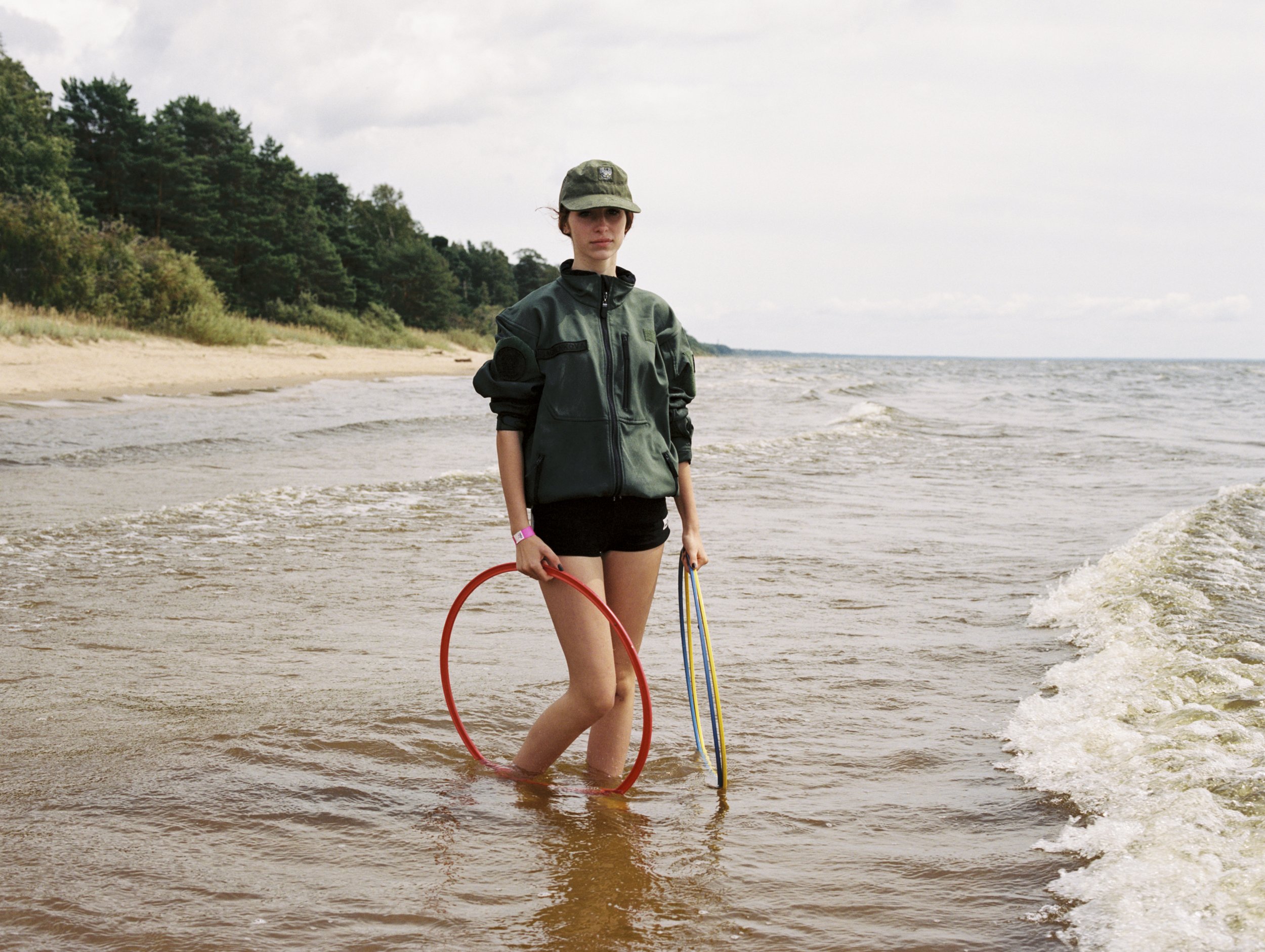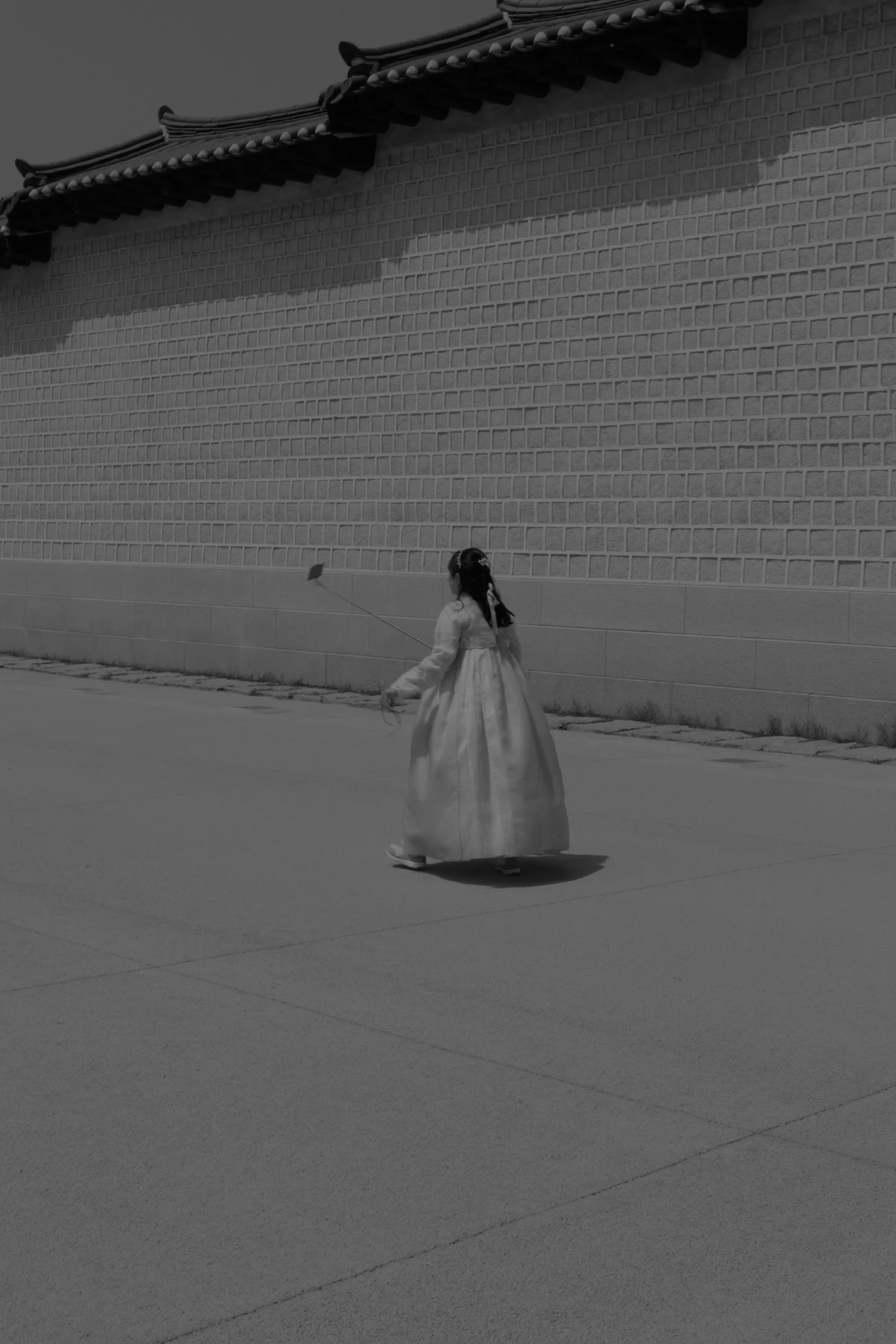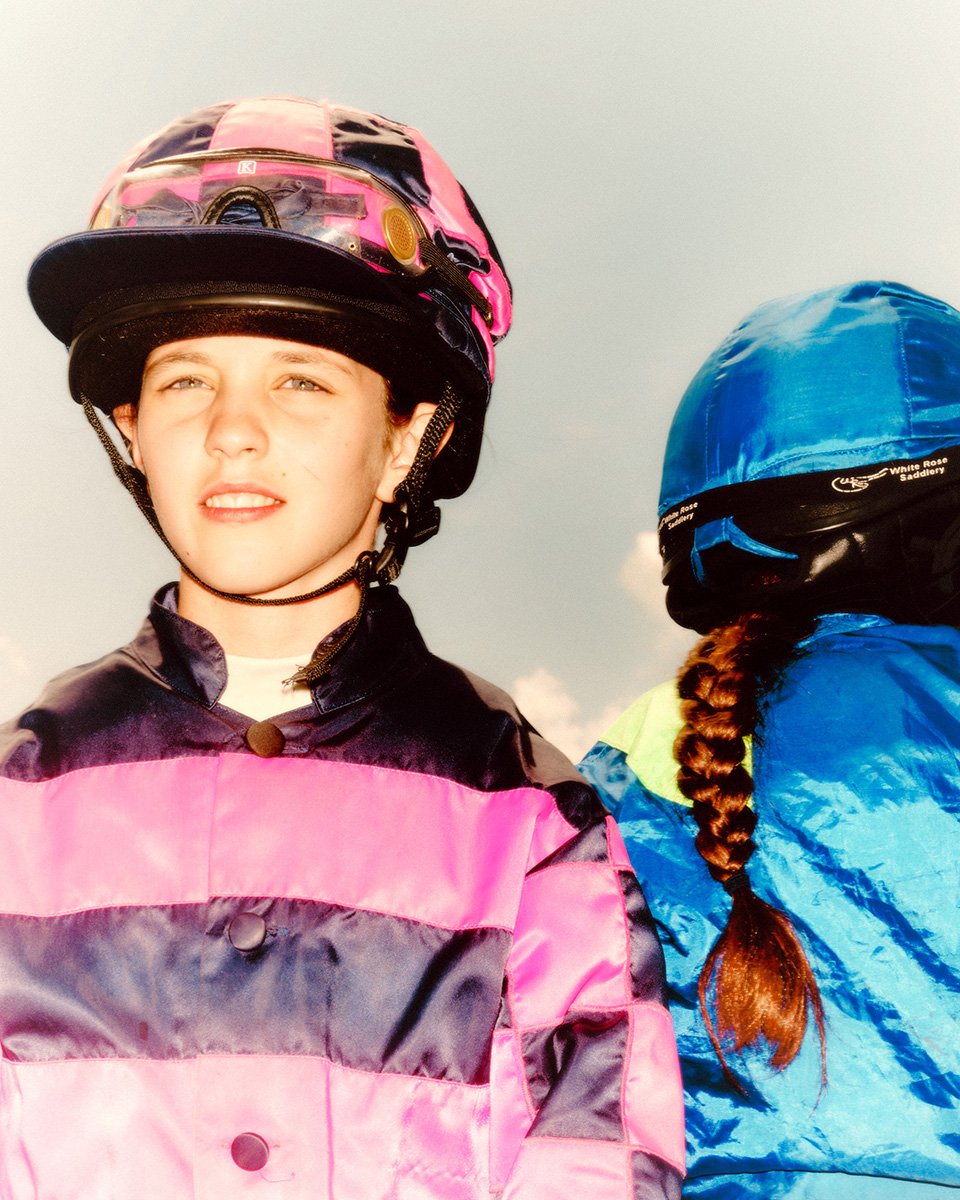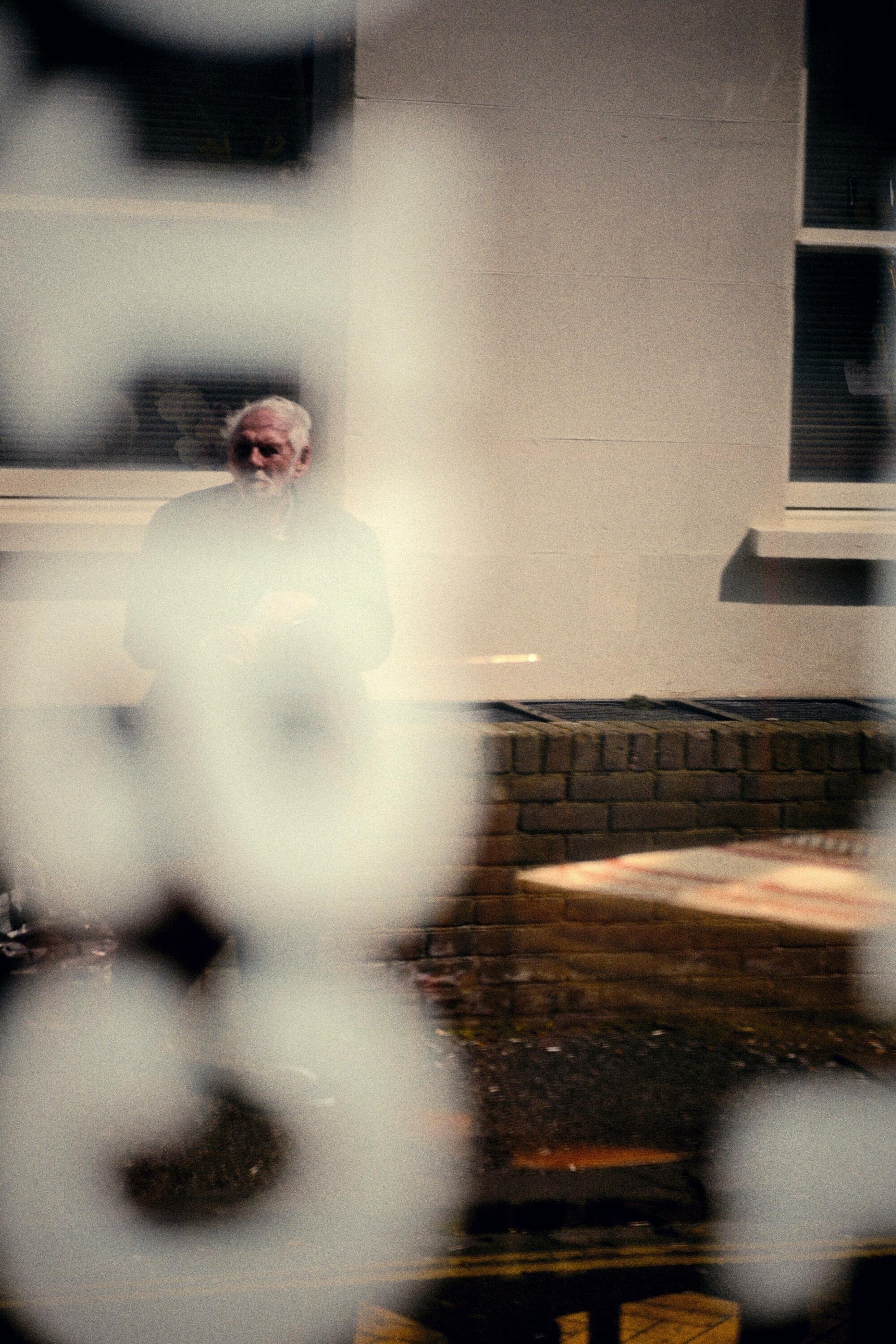Icons: Cindy Sherman and the self
Cindy Sherman’s personal use of disguise and transformation to photograph herself has been a powerful means of social critique for decades. However, how has it adapted to a landscape in which digitally cataloguing photos of oneself is expected?
Text Holly Wyche Untitled B - 1975
Untitled D - 1975
Cindy Sherman is one of the few artists whose work has survived both generational and medium shifts, having adjusted to the digital landscape and “Instagram artist” era adeptly, albeit unintentionally. She’s been referred to as “Unquestionably one of the most important living artists today”, with her self-portraiture and scale confronting themes of identity, desirability, gender and disgust. Primarily using herself as the basis for her work, Sherman contorts and vandalises her appearance throughout her work to tackle notions of the desirable, often arriving at something not quite human, and difficult to look away from.
Untitled film still # 58 - 1979
Despite this focus on her own image, Sherman’s work is never meant to reflect herself, which is becoming increasingly difficult to communicate in the current landscape of digital identity and content sharing. Her work, while relatively consistent in intention, has been re-contextualised. Most recently, a wave of journalists refer to her digital work as “selfies”. The New York Times, The Guardian and numerous others have done so, despite this being antithetical to Sherman’s own wishes:
“I bristle hearing people refer to my work as selfies. Because I don't think of them as about the self.”
Untitled film still #46 - 1979
Sherman's work seems to thrive and originate from the opposite intention, to distance herself as much as possible from her own identity, something that has been the case since her early life. Sherman was born in 1954 as the youngest of 5 children. She jokes that her desire to “dress up” might have come as a grab for attention in her early years, but regardless that sense of performance, costume, and distance from self has always been there for her. In her teen years this focus shifted to experimenting with makeup, once again using it as a means to transform and disguise herself. This disguise was so necessary for Sherman that she recalls pre-emptively wearing makeup while sick in bed, on the off chance that a person would need or see her.
Ice Skater – 1979
Untitled – 1976
Untitled film still #12 – 1978
“As a therapy maybe, to calm myself down, I would go into my bedroom and turn into somebody else. It wasn't about trying to look better; it wasn't an improvement on myself; it was really just was about becoming someone else."
This opposition to representing self even followed Sherman to university. She ultimately failed her freshman photography course, and struggled with the expectation that she would have to take photos of herself. Her then-boyfriend suggested the solution instead of photographing her “disguises”, giving rise to her first series, “Untitled Film”, which she released at 23. The series featured Sherman in a number of costumes, creating scenes that invoke common shots from 20th century films, creating caricatures of the oppressed women and the traditional roles they filled within these movies. Sherman had transformed herself into these characters, inciting feminist discussion around her work for decades to come.
Untitled film still #16 – 1978
This is how Sherman represents herself, through the lens of others, acting purely as a mannequin within her work to be transformed and dressed to become something other than herself. But there is a clear question that lingers from this. Why commit to using yourself as a canvas when you have to be disguised to do so? Why not use others to represent the same message? This is the exact crux of Sherman’s work, and brings us back to our initial uncomfortable positioning of Sherman’s work in the digital world.
“I'm not role playing what I fantasise about or who I would like to have been. It's more about hiding myself rather than revealing anything.”
I believe Sherman’s work is transformation itself. The act of disguising or contorting what she looks like isn’t a means to create the image she wants to while still managing to use herself as a muse, the transformation is the meaning of the work. Not necessarily in terms of how successful she is in distancing herself from what she regularly looks like, but in terms of what exactly she changes that makes her less herself, and more like the character (or thing) she’s trying to represent. Whether that’s a subjugated housewife, a clown or a contorted Instagram influencer, the act of transformation is captivating. As a result, she can keenly and precisely comment on specific, imperceptible physicalities that define the character and reflect larger societal values she’s attempting to critique. This is what’s so brilliant about Cindy Sherman, and brings us back to Sherman’s current projects.
Untitled #100 – 1982
Over the past few years Sherman has been using Instagram and Facetune, a “face-perfecting app” designed to smooth blemishes, to contort and edit herself in a more streamlined fashion. This work holds the same intention and meaning as her previous work with disguise, but it instead does so through pushing a tool meant to perfect one’s image to its absolute extremes. It almost seems like the most logical step for Sherman’s work, as technology has provided anybody the means to perfect and edit their own image in a way Sherman has criticised for decades prior.
Untitled
Untitled
“If an actor like Meryl Streep is playing a role but you can still recognize her as Meryl Streep, you aren't thinking, 'oh my God, she is so narcissistic.' You recognize she is playing a character.”
Untitled
Over the past few years Sherman has been using Instagram and Facetune, a “face-perfecting app” designed to smooth blemishes, to contort and edit herself in a more streamlined fashion. This work holds the same intention and meaning as her previous work with disguise, but it instead does so through pushing a tool meant to perfect one’s image to its absolute extremes. It almost seems like the most logical step for Sherman’s work, as technology has provided anybody the means to perfect and edit their own image in a way Sherman has criticised for decades prior.
“I’m disgusted with how people get themselves to look beautiful; I’m much more fascinated with the other side.”
Untitled #466 – 2008
Untitled #474 – 2008
Ironically Sherman has been more nervous about this work than ever, despite her experience and exposure over the years. Sherman was concerned about the visibility of her face in a digitally altered series of 2010 murals, fearful that it would be perceived as narcissistic and self-centred to have what seemed to be so many photos purely of herself readily available. It seems the cultural move towards valuing this presentation of self works against her in this way, with her necessary use of her own face being trickier to grasp on a platform like Instagram. Nevertheless, Sherman’s desire to challenge conceptions of beauty and public presentation persists, continuing this immutable understanding and critique of culture that’s led to Sherman’s success for decades.
Untitled #123 – 1983
“I wish I could treat every day as Halloween, and get dressed up and go out into the world as some eccentric character.”
About Cindy Sherman
Cindy Sherman was born in 1954 in New Jersey. Over the course of her career she’s been awarded both a MacArthur Fellowship in 1995, and an honorary doctorate from the royal college of art.
If you want to learn more about Cindy Sherman, she still posts regularly to her Instagram, where she also posts all her exhibition info.
